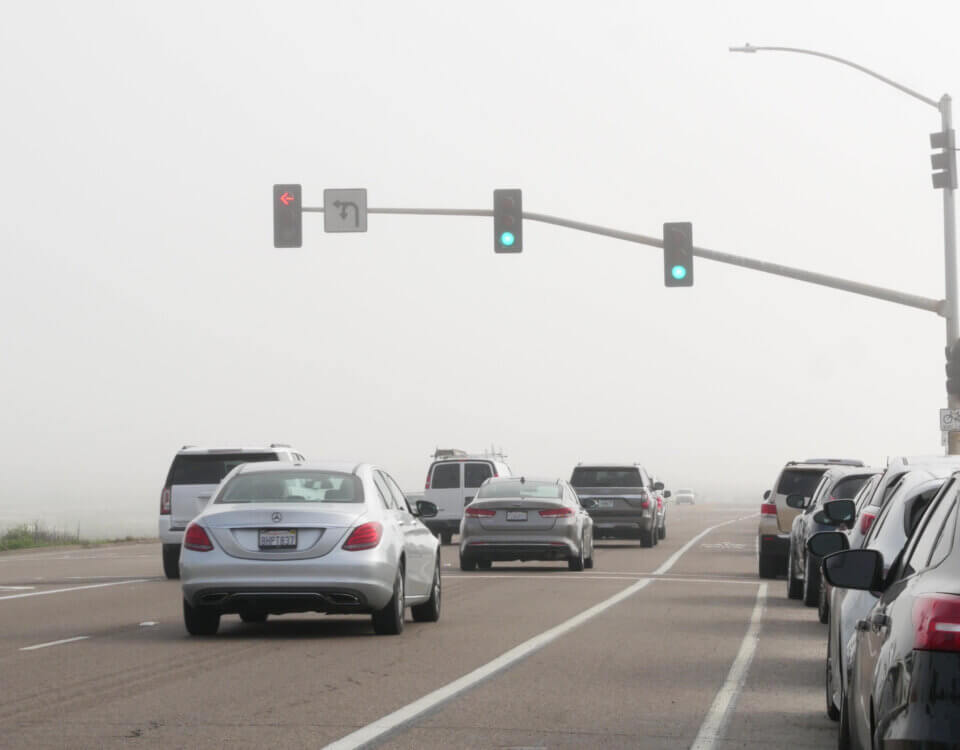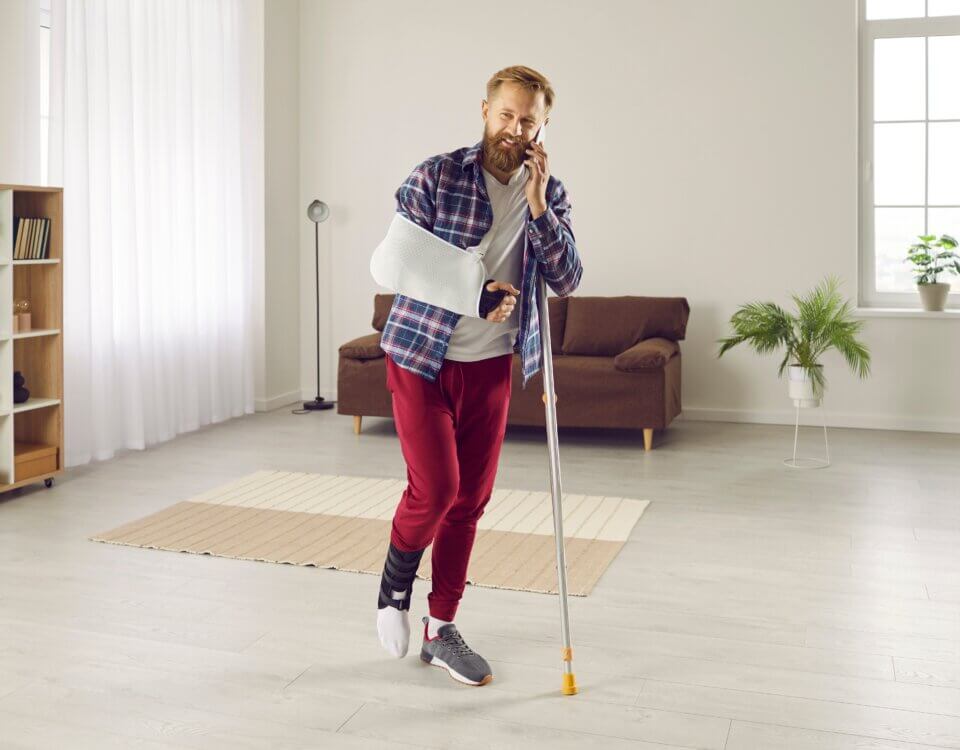Street fairs bring California communities together with food, music, and local vendors, but large gatherings also carry potential safety hazards. Event organizers have a responsibility to protect attendees, vendors, and staff. Proper planning and safety measures can prevent accidents and create a positive experience for everyone.
Identify and Address Common Hazards
- Trip and Slip Risks: Uneven pavement, cords, or spilled liquids can cause falls.
- Crowd Control Issues: Overcrowding in narrow areas can lead to pushing or stampedes.
- Vendor Equipment Hazards: Unsecured tents or improperly connected electrical equipment may fail.
- Vehicle Access: Delivery trucks or emergency vehicles need clear, safe routes.
Key Safety Measures for Organizers
- Obtain Necessary Permits and Insurance: Local permits often require proof of liability coverage.
- Plan Clear Layouts: Mark exits, create wide walkways, and space out booths to prevent congestion.
- Provide Adequate Lighting: Especially for evening fairs to avoid accidents.
- Hire Trained Security and Medical Staff: Visible, prepared personnel can respond quickly to incidents.
- Install Signage: Direct attendees to first aid stations, restrooms, and exits.
Emergency Preparedness
- Create an Emergency Plan: Include evacuation routes, communication procedures, and designated meeting points for staff.
- Train Volunteers and Vendors: Ensure everyone knows their role if an emergency occurs.
- Coordinate With Local Authorities: Police, fire, and medical teams should be informed in advance.
Protecting Vendors and Attendees
- Inspect booths for stability and proper electrical connections.
- Ensure food vendors follow health codes to prevent foodborne illnesses.
- Communicate weather-related contingency plans in case of high winds or rain.
A Safer, More Enjoyable Event
Well-planned street fairs not only prevent injuries but also build trust within the community. By prioritizing safety and preparation, organizers can create memorable events that benefit local businesses and families while minimizing risk.
Note: These blog posts are created solely for the use of Hillstone Law. The information is gathered from internet research, publicly available sources, and artificial intelligence (AI) tools such as ChatGPT. While we aim to share helpful and educational content, Hillstone Law does not independently verify every detail. Some information may be incomplete, outdated, or subject to change without notice. If you believe any part of a post is inaccurate, misleading, or infringes upon copyright, please contact Hillstone Law immediately so we can review it and take appropriate action, including correction or removal.
Disclaimer: The material provided in these blogs is for general informational purposes only and should not be considered legal advice. Reading these posts does not create, and is not intended to create, an attorney-client relationship with Hillstone Law. Our intent is to share knowledge, raise awareness, and provide helpful resources to the public; however, Hillstone Law makes no warranties or guarantees about the accuracy, completeness, or reliability of the information provided, and expressly disclaims liability for any actions taken in reliance on it. The photos used in these posts are for illustrative purposes only and do not depict actual clients, individuals, or incidents unless expressly stated. If you or a loved one has been injured in an accident, please contact Hillstone Law at (855) 691-1691. Our attorneys are available to answer your legal questions and help you understand your rights.








